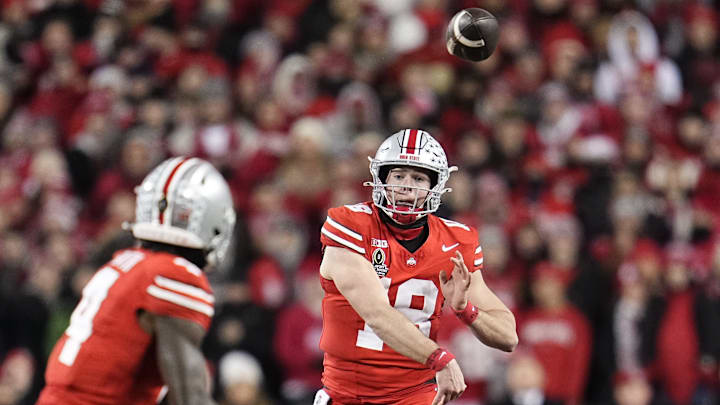Ohio State football fans have been hearing a lot about the House settlement over the last few months. Everyone knows that it's the settlement that is supposed to help college sports move forward, but there are a lot of moving parts the the settlement.
On Friday night, the settlement was formally approved by a judge, meaning that this is what college sports will be running on from now on. There are a lot of changes that will happen, so what exactly does this mean for the Ohio State Buckeyes and the football program?
How the new House settlement affects the Ohio State football program
First off, the new NIL rules will take effect on July 1. That means that schools will start to pay players directly. It also looks like the annual cap will be at $20.5 million per program for 2025-26 and grow to $32.9 million by 2034-25, so the Buckeyes are going to have to budget accordingly moving forward.
Any booster involvement with pay will now need to be vetted to make sure that it's a business deal instead of it being a recruiting incentive. That is going to be tough to legislate. However, the power conferences are putting together a new committee to help make sure rules are followed, called the College Sports Commission.
According to ESPN's Pete Thamel, MLB executive Bryan Seeley is being eyed for the CEO role of the commission. That, along with figuring out roster limits, is the two outstanding things that are most interesting about the settlement. Both of those things have to get figured out first.
For now, there are no roster limits. That means that Ryan Day and the Buckeyes can have as big of a recruiting class in 2026 as they want. That could mean that they take more kids than they would in a typical class since there are no rules against doing so.
Now that the Buckeyes have a budget to go off of, how they use NIL money is going to change. They are going to be careful who they allocate money to between players on the current roster and new recruits.
